Aluminum Plate 2024 T3 for Aircraft Parts
In modern aerospace manufacturing, material selection determines the safety, cost-effectiveness, and performance of aircraft. 2024 T3 aircraft aluminum plate is a high-strength, heat-treatable aluminum-copper-magnesium alloy widely used for structural components in aerospace thanks to its outstanding mechanical properties and excellent fatigue resistance. Its low density and high specific strength make it a first-choice material for critical parts such as fuselage skins, structural frames, wing ribs, and fasteners.
What is 2024 T3 Aluminum Plate?
2024 aluminum alloy belongs to the Al-Cu-Mg family of high-strength alloys, with typical copper content of around 4%, making it a classic "hard aluminum" grade.
T3 is its common temper, produced by solution heat treatment, cold working, and natural aging, resulting in an ideal balance of strength and ductility.
Standard designation: 2024-T3
Strengthening method: Heat-treatable + cold working
Key features: High strength, excellent fatigue resistance, good machinability
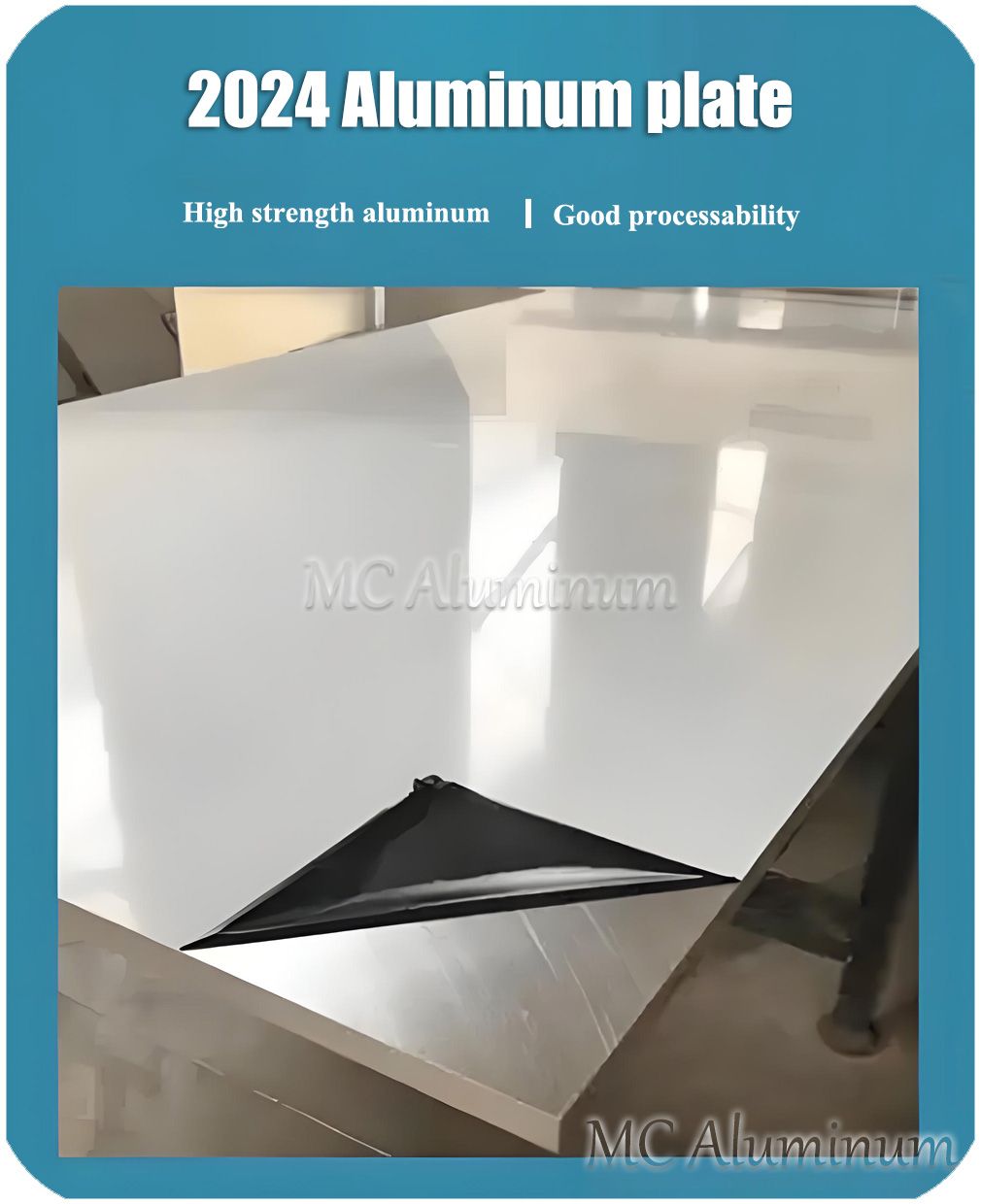 Aerospace-Grade Aluminum Plate Basic Information
Aerospace-Grade Aluminum Plate Basic Information
| Alloy | 2024 |
| Temper | T3, etc. |
| Thickness | 0.5mm-100mm |
| Width | ≤2200mm |
| Length | ≤8000mm |
Why Choose 2024 T3 Aluminum Plate for Aircraft Parts?
1. High Strength-to-Weight Ratio
In aerospace, reducing weight means longer range and lower fuel consumption. 2024 T3 offers yield strength above 300–400 MPa, approaching that of medium-carbon steel, but at only one-third of its density.
2. Excellent Fatigue Resistance
Aircraft undergo repeated loading during takeoff, landing, and turbulence. The fine precipitation-hardened microstructure of 2024 T3 delivers superb fatigue life, making it ideal for fuselage skins and load-bearing frames.
3. Good Machinability
Compared to high-magnesium (5xxx) and high-zinc (7xxx) series alloys, 2024 offers better machinability in turning, milling, and drilling, enabling high-quality surfaces for complex precision parts.
4. Acceptable Corrosion Resistance
While 2024 T3's corrosion resistance is lower than 5xxx or 7xxx series alloys, it meets aviation protection standards through anodizing, conversion coatings, or sealed paint systems.
Aerospace Applications and Value
(1) Typical Application Scenarios
a. Skins and Wing Surfaces: Fuselage/wing skins with high fatigue resistance for aerodynamic loads.
b. Structural Frames: Spars, ribs, and frames providing high stiffness and structural support.
c. Engine Nacelles and Landing Gear Components: Load-bearing parts in medium-temperature environments (≤150 ℃).
(2) Irreplaceability
Used in complementary roles with 7075-T6 (which offers even higher strength but lower toughness): 2024-T3 emphasizes fatigue resistance, making it ideal for parts subjected to frequent vibration.
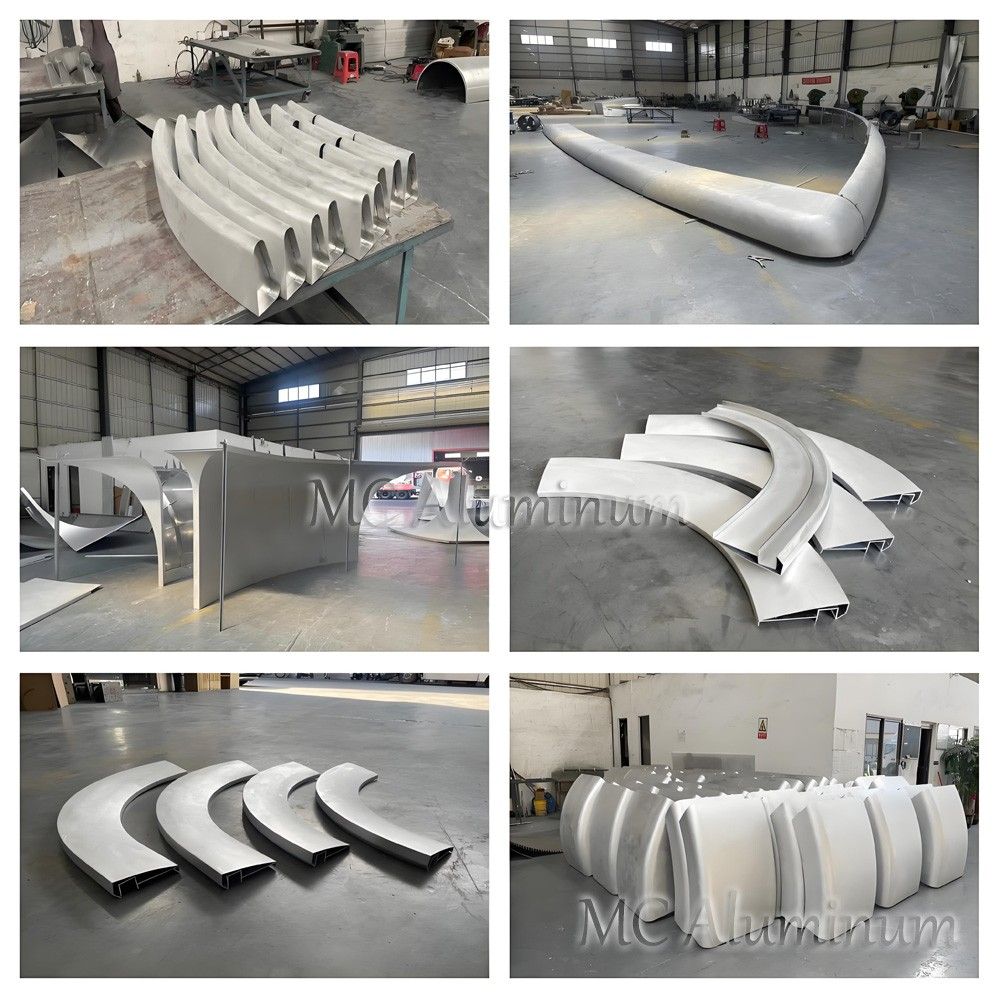
Mechanical Properties by Temper
| Temper | Tensile Strength (MPa) | Yield Strength (MPa) | Elongation (%) | Typical Application |
| T3 | 400-430 | 270-280 | 10-15 | Aircraft skins, high-stress parts |
| T4 | ~469 | 270-280 | ~20 | Pre-formed parts needing high formability |
| T6 | ~483 | ~400 | ~10 | Gears, shafts, high-strength components |


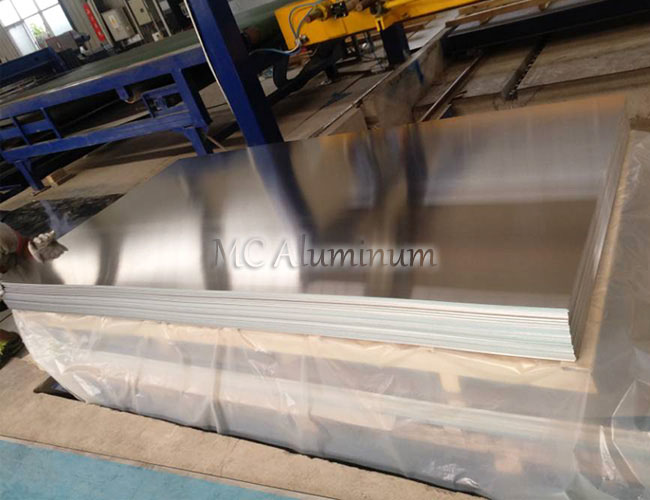
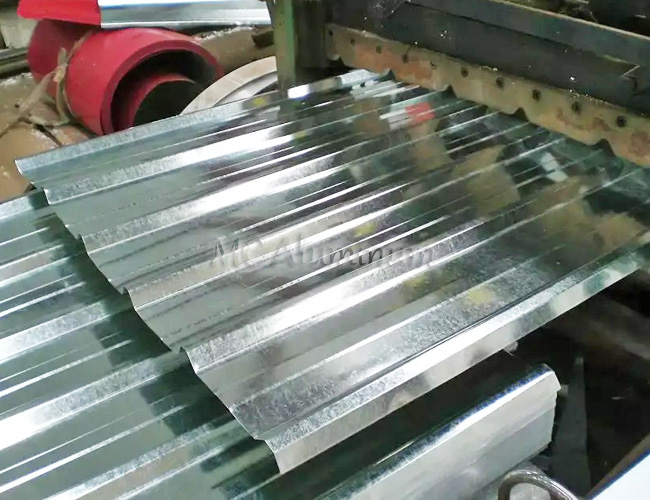
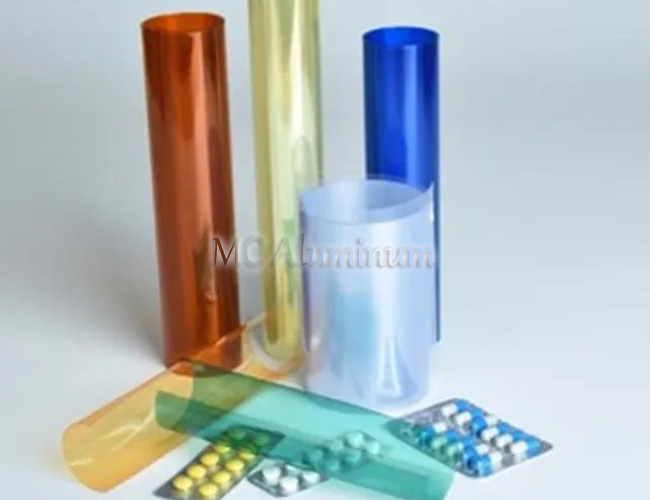

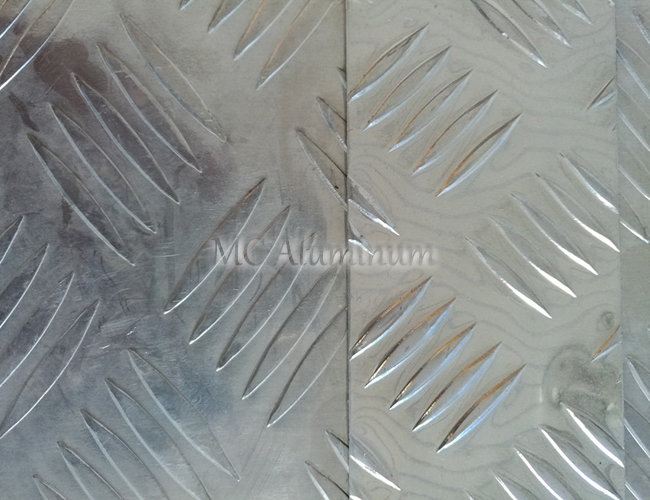
Contact Us